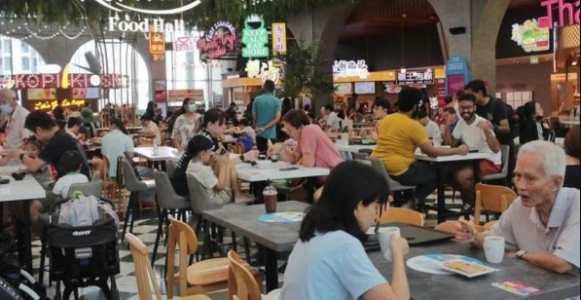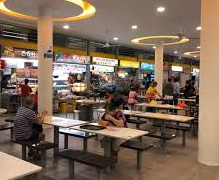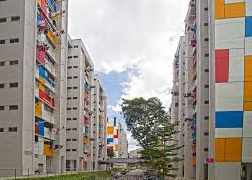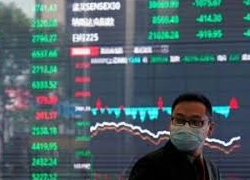Perceived cost of living vs. reported food prices—Makan Index finds mixed reception amid inflation concerns
For those seeking affordable coffee, Queenstown may be the place to go, with an average cost of $1.01 for Kopi O, according to the recent Makan Index 2.0 survey by the Institute of Policy Studies (IPS). Designed to investigate regional differences in the cost of eating out, the latest edition of this index compared food prices from late 2022 to early 2023 to measure the impact of the recent GST hike.
The study found that most food stalls have kept their prices stable, even with the GST increase. However, some Singaporeans are skeptical of these findings, citing concerns over food quality, portion sizes, and a perceived mismatch with rising costs. IPS researchers acknowledged the study’s limitations, including a small sample size and inability to revisit certain stalls that closed or changed ownership, which may have affected findings.
A key issue raised by the public is “survivorship bias.” In the context of this study, it’s possible that stalls unable to maintain low prices closed down, while only those that could keep prices steady were counted in the final data. The frustration among Singaporeans reflects the larger challenge of rising living costs, which, they argue, aren’t fully captured by studies focused only on price averages or single items.
When the Makan Index results were published, many Singaporeans expressed frustration online, with some accusing the study of downplaying the inflationary pressures they’re feeling daily. Though IPS noted that price increases were mostly modest, averaging $0.30 or less, this “small margin” still adds up over time. Items like Iced Milo and breakfast sets showed an increase of 7 percent and 6.8 percent, respectively, which many Singaporeans feel isn’t negligible.
Ultimately, the issue isn’t just about cents and dollars—it’s about a perceived disconnect between reported statistics and lived experiences. For Singaporeans facing rent hikes and other expenses, even minor price increases in everyday items feel significant. As economic challenges persist, the growing gap between perceived affordability and the reality of rising prices remains a sensitive topic.








